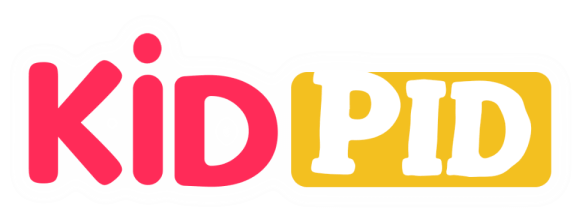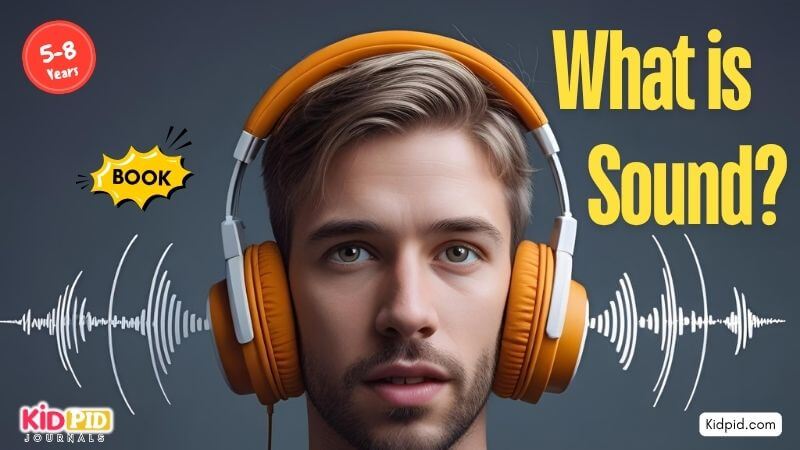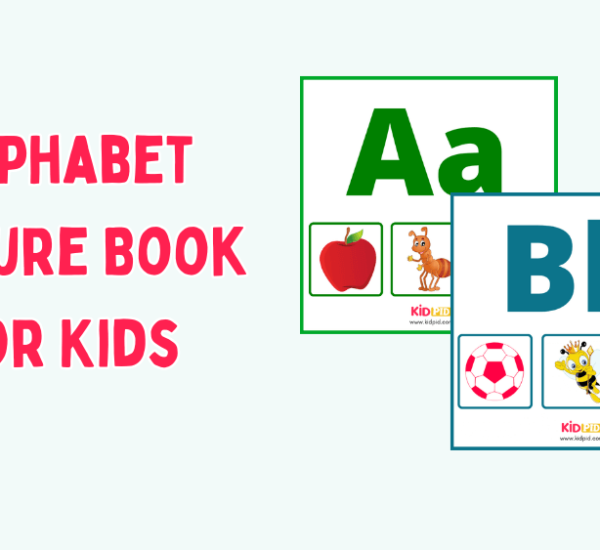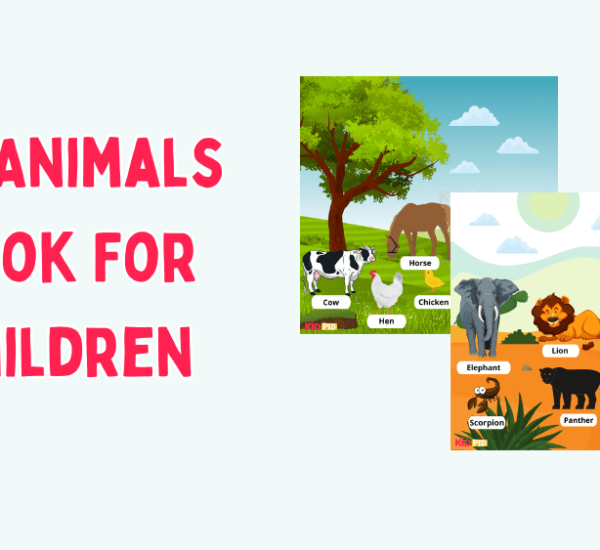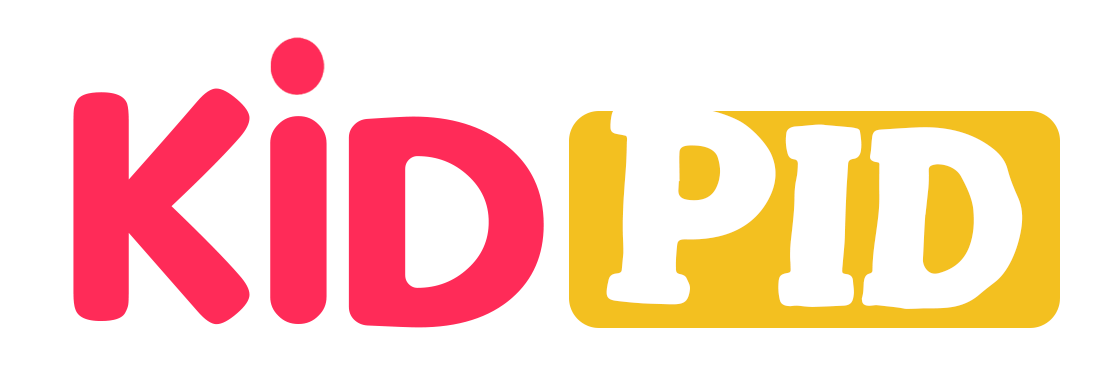Sound is a form of energy created by vibrations that travel through a medium, such as air, water, or solids, and reach our ears. It plays a vital role in communication, music, and daily life. Understanding sound helps us explore its sources, properties, and how it affects our surroundings.
[Scroll Down for Download Link]
Exploring the Concept of Sound
Read More: What is Music?
What is Sound?
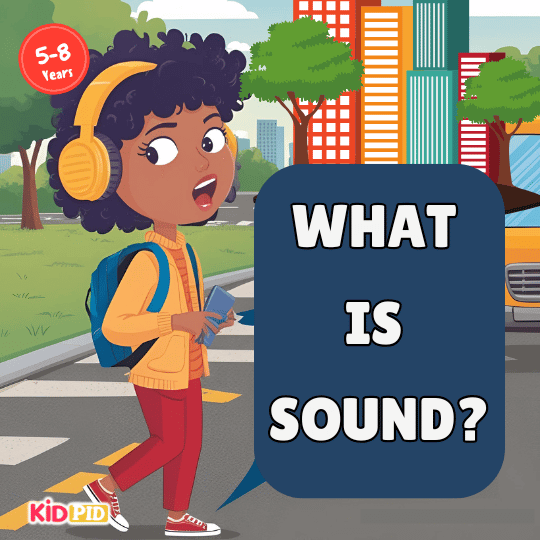
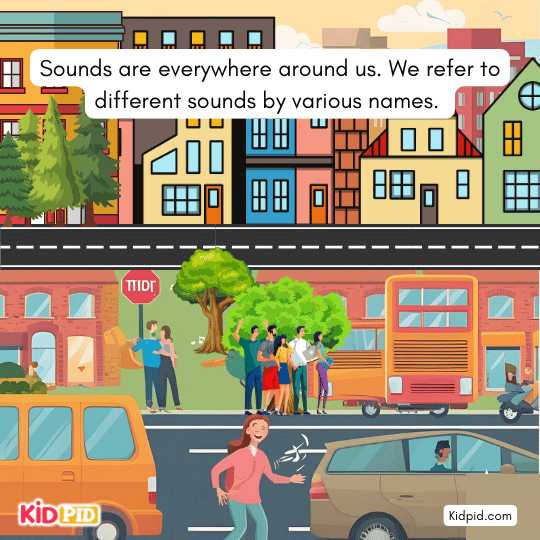
Sounds are everywhere around us. We refer to different sounds by various names.
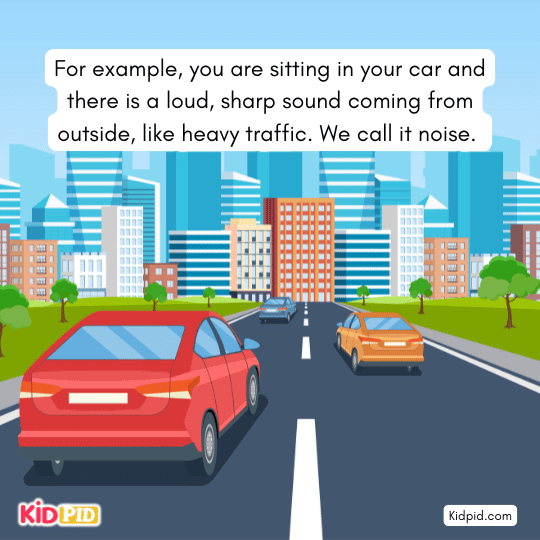
For example, you are sitting in your car and a loud, sharp sound is coming from outside, similar to heavy traffic. We call it noise.
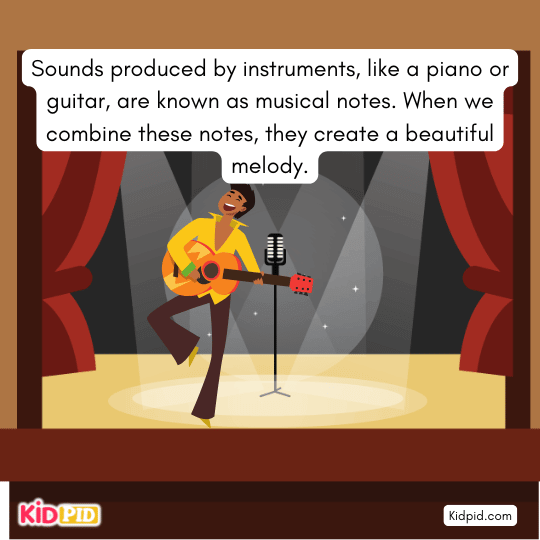
Sounds produced by instruments, like a piano or guitar, are known as musical notes. When we combine these notes, they create a beautiful melody.
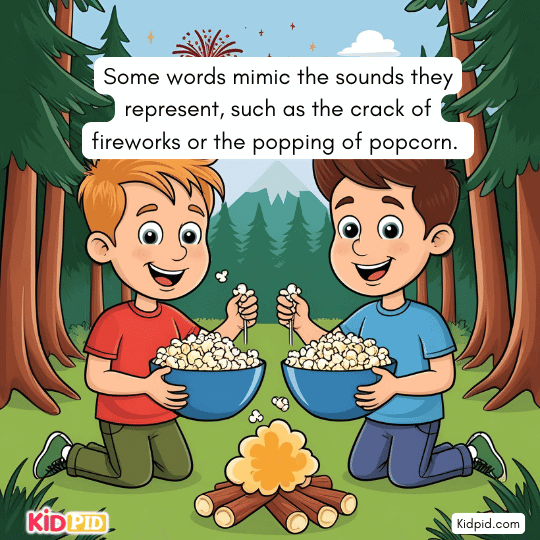
Some words mimic the sounds they represent, such as the crack of fireworks or the popping of popcorn.
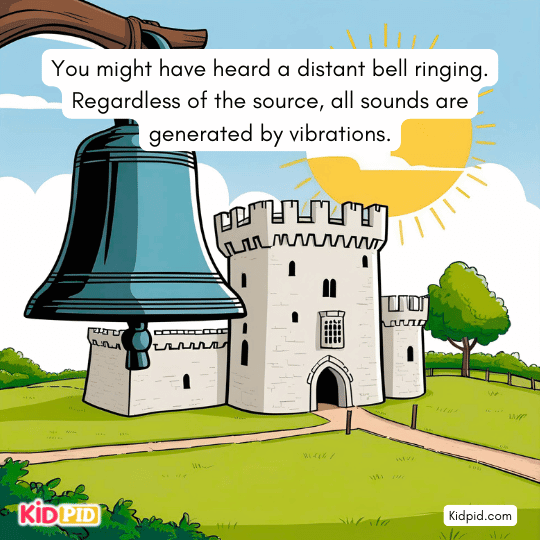
You might have heard a distant bell ringing. Regardless of the source, all sounds are generated by vibrations.

When an object vibrates, it moves back and forth so quickly that we often cannot see it.

However, our ears can detect these vibrations.
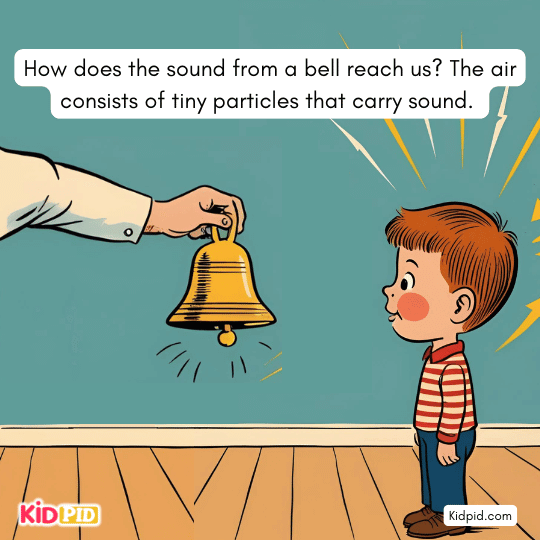
How does the sound from a bell reach us? The air consists of tiny particles that carry sound.

We can use marbles to illustrate this concept.
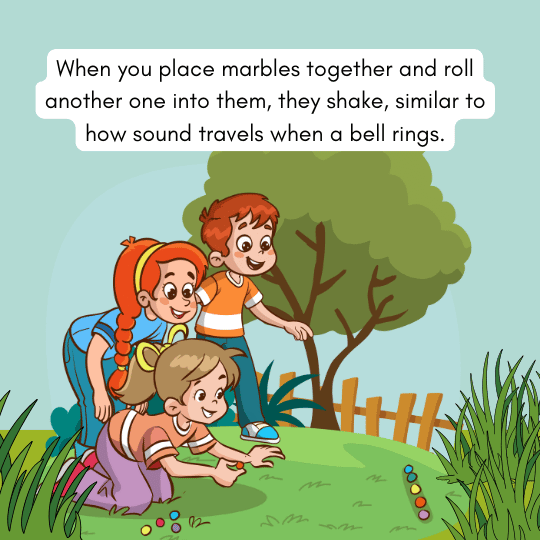
When you place marbles together and roll another one into them, they shake, similar to how sound travels when a bell rings.
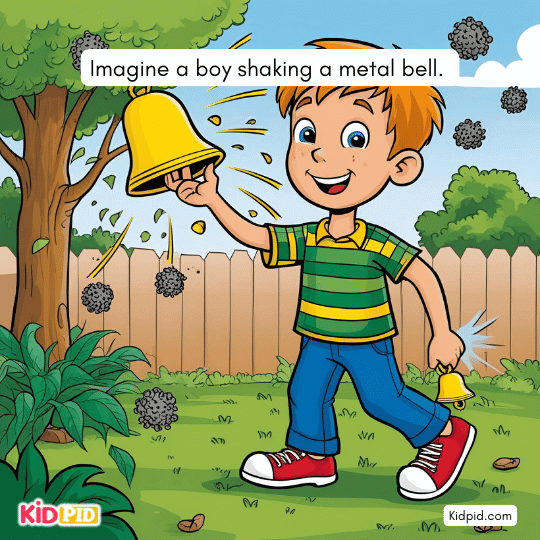
Imagine a boy shaking a metal bell.

When we do this, it causes the air around the bell to vibrate, making the air particles collide.
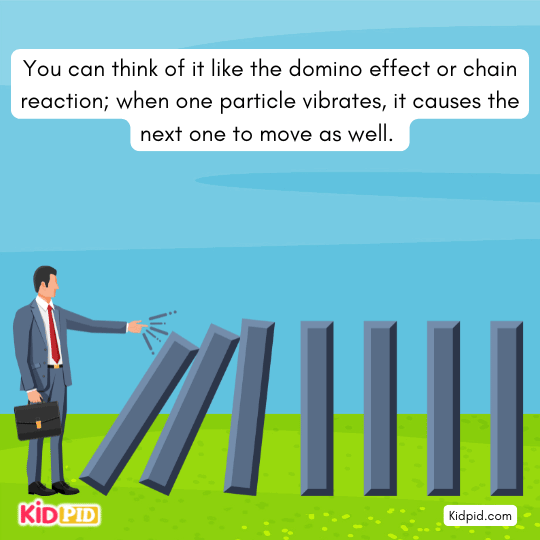
You can think of it like the domino effect or chain reaction; when one particle vibrates, it causes the next one to move as well.

This sequence of movement is known as a wave.

How do we perceive these vibrations? Inside our ears, there is a small section that resembles a drum.
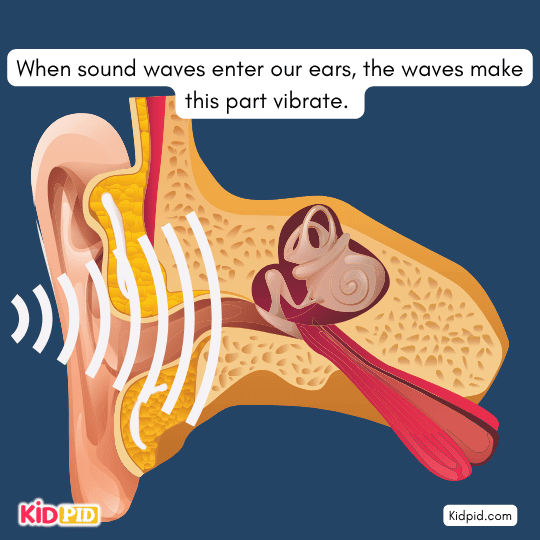
When sound waves enter our ears, the waves make this part vibrate.
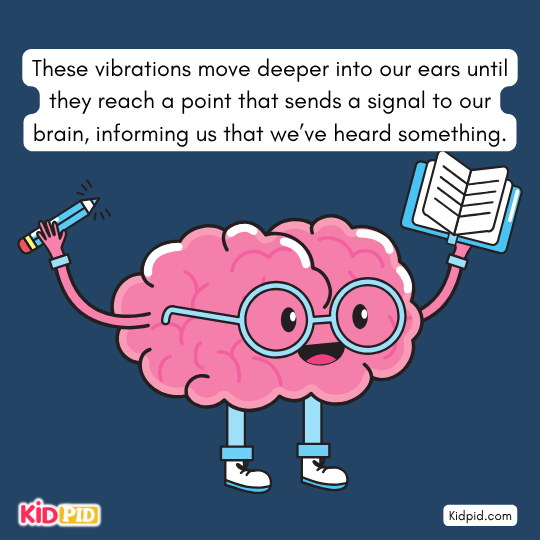
These vibrations move deeper into our ears until they reach a point that sends a signal to our brain, informing us that we’ve heard something.
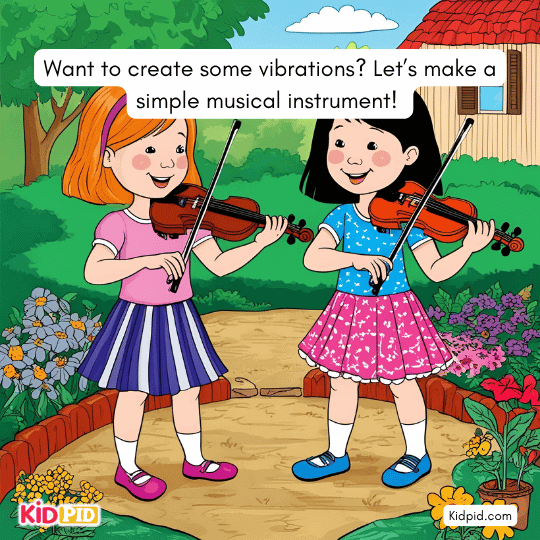
Want to create some vibrations? Let’s make a simple musical instrument!
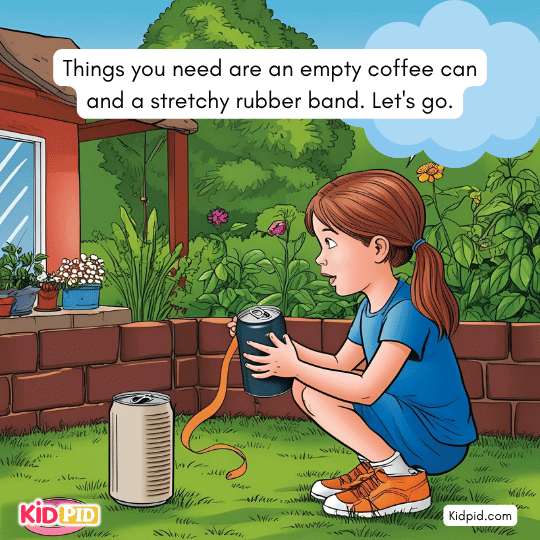
Things you need are an empty coffee can and a stretchy rubber band. Let’s go.

First, place the rubber band on the top of the can, and that’s it, your basic music instrument is ready.
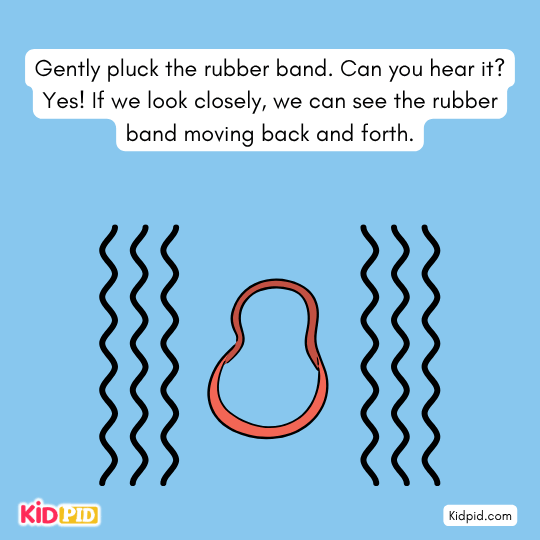
Gently pluck the rubber band. Can you hear it? Yes! If we look closely, we can see the rubber band moving back and forth.
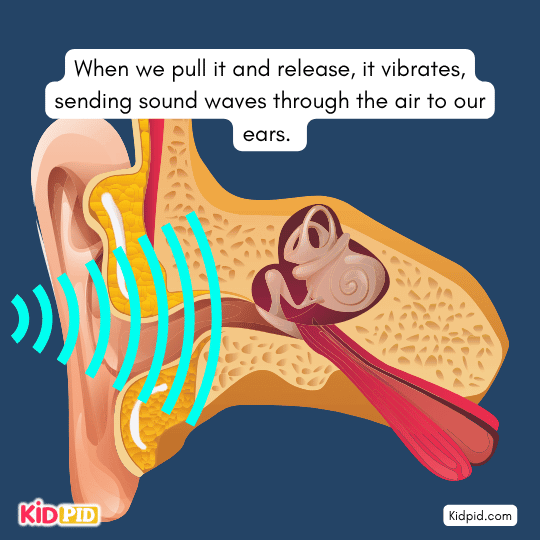
When we pull it and release, it vibrates, sending sound waves through the air to our ears.

A gentle pull using fingers creates a soft, melodious music, while a stronger pull makes it louder.
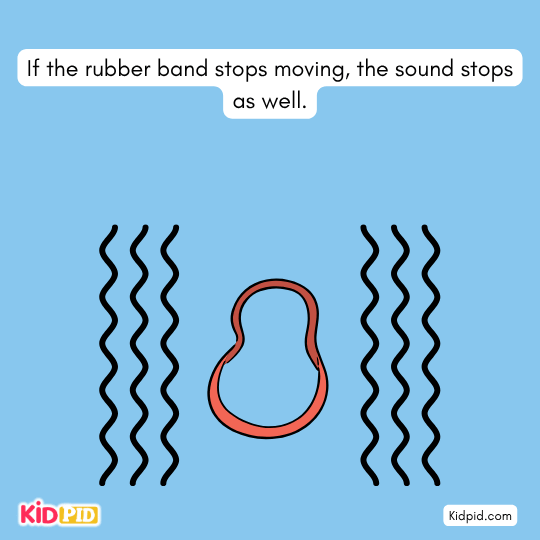
If the rubber band stops moving, the sound stops as well.
In conclusion, sound is a form of energy created by vibrations that travel through a medium like air, water, or solids. It plays a vital role in our daily lives, enabling communication, music, and awareness of our surroundings. Understanding sound helps us appreciate its impact on science and nature.
You may like this:
How do our ears hear sound?
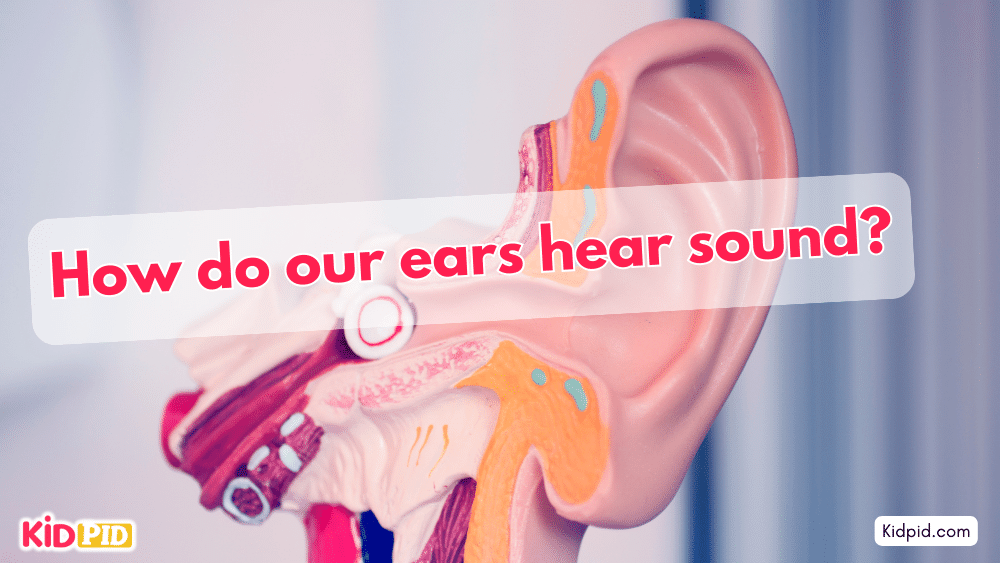
This page explains how our ears hear sound using simple language, fun visuals, and key facts about hearing and sound waves.
Paragraph on ‘What is Sound and How does It Travel?’

This paragraph explains what sound is and how it travels through air, helping kids understand sound waves in simple language.
Hot, Light & Sound Energy Sources Worksheet for Kindergarten

This worksheet helps kindergarten kids learn about hot, light, and sound energy sources using fun and simple educational activities.
Animal Sound Match Worksheet

This worksheet helps kids match animals with their sounds, making learning fun while building animal recognition and sound identification skills.
Sound

This page explains what sound is, how it travels, and helps kids understand sound concepts with fun facts and activities.
